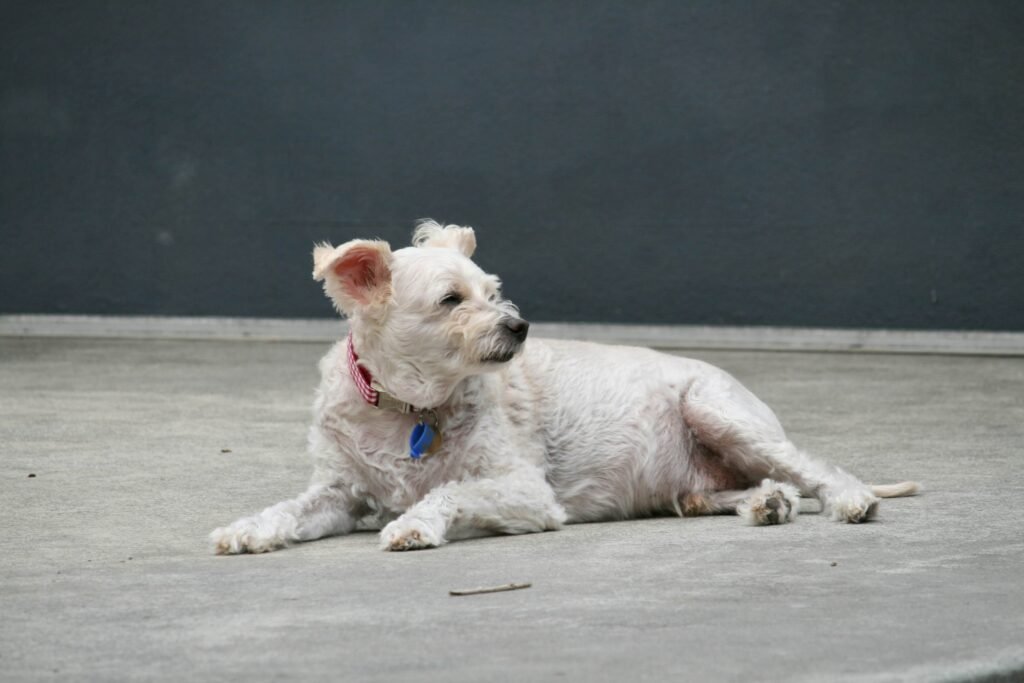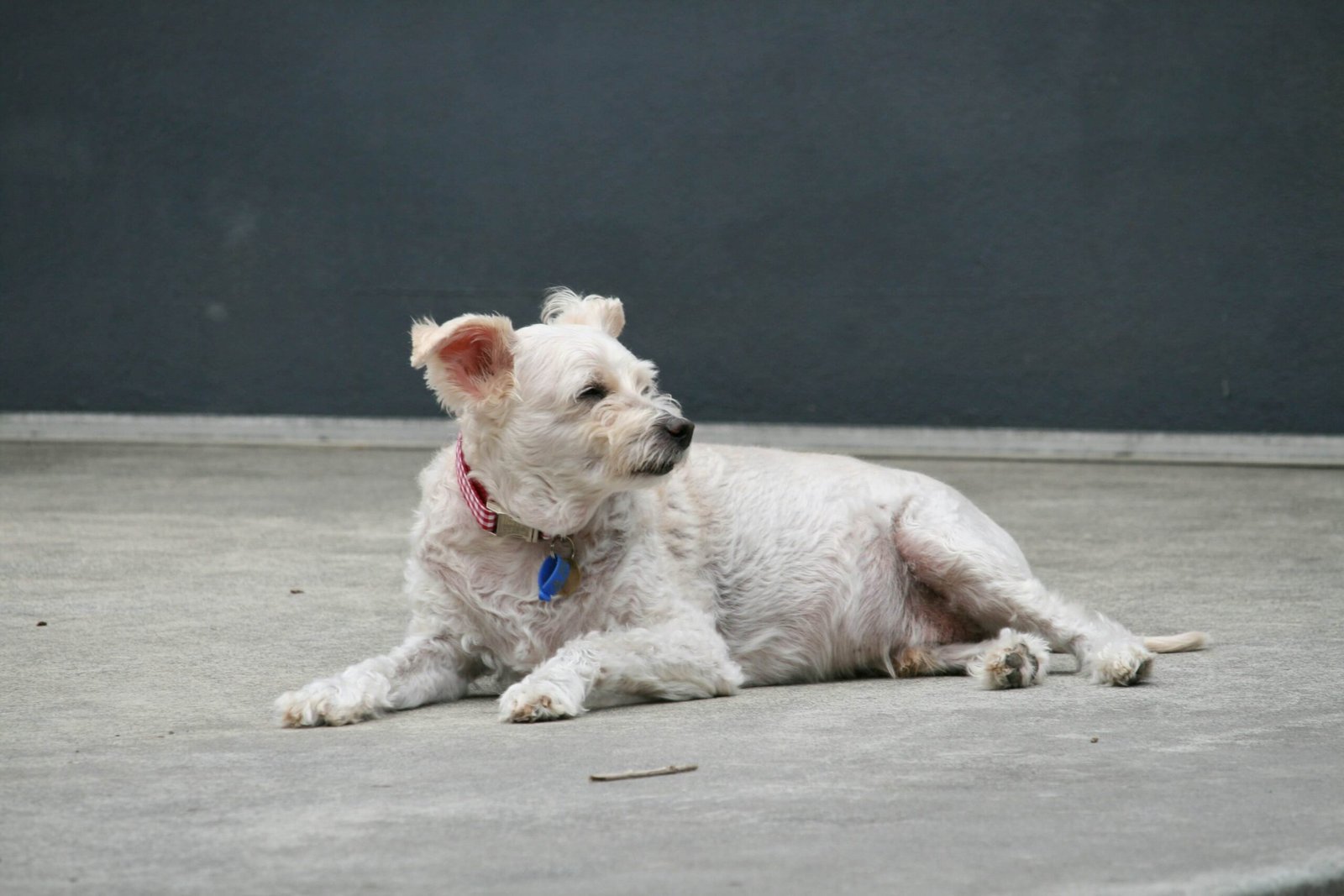How to Train an Older Dog: Unlocking New Potential at Any Age
When it comes to training dogs, many people assume that puppies are the only ones capable of learning new tricks. However, older dogs are just as capable of picking up new skills and behaviors—if not more so! While they may have established habits, their maturity often makes them more focused and eager to please. Training an older dog not only strengthens your bond but also enriches their life by keeping their mind sharp and their body active.
Whether you’ve recently adopted a senior dog or want to refine your long-time companion’s behavior, this guide will walk you through the process step by step. Let’s explore how to train an older dog and discover the joy of teaching an old dog something new!
Understanding the Basics: Why Training an Older Dog is Possible
Training an older dog might seem daunting, especially if they’ve never received formal instruction before. However, with patience and consistency, older dogs can learn just as effectively as younger ones. Here are some key points to keep in mind when embarking on this journey:
Mental Capacity : Older dogs are fully capable of learning; their brains remain receptive to new information throughout their lives.
Established Habits : While habits can be harder to change, they’re not impossible to modify with positive reinforcement.
Physical Limitations : Be mindful of any age-related conditions like arthritis or reduced stamina when designing training sessions.
Emotional Bonding : Training strengthens the connection between you and your dog, fostering trust and mutual understanding.
Patience is Key : Older dogs may take longer to adapt, but their progress is often more rewarding due to their dedication.
With these considerations in mind, you can approach training with confidence, knowing that your older dog is ready and willing to learn.
7 Expert Tips for Training an Older Dog
Training an older dog requires a tailored approach that respects their age and experience. These expert tips will help you create a successful training plan while ensuring the process remains enjoyable for both you and your furry friend:
Start with Simple Commands : Begin with basic commands like “sit,” “stay,” or “come” to build confidence and establish a foundation.
Use Positive Reinforcement : Reward good behavior with treats, praise, or toys to encourage repetition and enthusiasm.
Keep Sessions Short : Limit training sessions to 5–10 minutes to prevent fatigue and maintain focus.
Be Consistent : Use the same cues and rewards every time to avoid confusion and reinforce learning.
Incorporate Play : Make training fun by turning lessons into games, which keeps your dog engaged and motivated.
Respect Their Limits : Avoid pushing too hard; recognize when your dog needs a break or has reached their physical limit.
Stay Calm and Patient : Dogs respond better to calm energy, so avoid frustration if progress seems slow.
By following these tips, you’ll create a positive and effective training environment that respects your older dog’s unique needs and capabilities.
Check this guide 👉Senior Pet Care
Check this guide 👉Crate Training an Older Dog with Separation Anxiety: Best 7 Tips
Check this guide 👉Best Dog Beds for Older Dogs: Best 7 Expert Tips!

Training Do’s | Training Don’ts |
|---|---|
Use short, clear commands | Overwhelm with too many commands |
Reward immediately after success | Punish mistakes |
Incorporate rest breaks | Train during extreme weather |
Stay patient and encouraging | Rush the learning process |
Focus on one skill at a time | Neglect physical limitations |
Addressing Common Challenges in Training Older Dogs
While training an older dog is entirely possible, it does come with its own set of challenges. Understanding these hurdles—and how to overcome them—will make the process smoother and more enjoyable for everyone involved. Here are some common challenges and solutions:
Stubbornness : Older dogs may appear stubborn, but this is often due to uncertainty. Break tasks into smaller steps to build confidence.
Distractions : Senior dogs may struggle to focus in busy environments. Start training in quiet spaces and gradually introduce distractions.
Physical Limitations : Conditions like joint pain or reduced mobility can affect performance. Adapt exercises to accommodate their abilities.
Slower Learning Curve : Don’t rush; allow extra time for your dog to process and practice new behaviors.
Regression : If your dog forgets a skill, revisit earlier stages of training to reinforce the basics.
By addressing these challenges proactively, you can ensure that training remains a positive and achievable experience for your older dog.
Fun Activities to Enhance Your Training Routine
Training doesn’t have to be all about commands and drills—it can also include fun activities that stimulate your dog’s mind and body. These activities not only reinforce learning but also deepen your bond. Consider incorporating the following ideas into your routine:
Obstacle Courses : Set up a simple course using household items to practice agility and coordination.
Hide-and-Seek Games : Teach your dog to find hidden treats or toys, sharpening their problem-solving skills.
Trick Training : Introduce fun tricks like “spin,” “roll over,” or “high five” to keep things exciting.
Scent Work : Encourage your dog to use their nose by hiding scented objects and guiding them to locate them.
Interactive Toys : Use puzzle feeders or treat-dispensing toys to combine mental stimulation with reward-based learning.
These activities add variety to your training regimen, making it more engaging and enjoyable for your older dog.
Building Trust: The Foundation of Training an Older Dog
Trust is the cornerstone of any successful training journey, especially with older dogs who may have had negative experiences in the past. Building a strong bond ensures that your dog feels safe and confident during training sessions. Here are some strategies to foster trust:
Spend Quality Time Together : Engage in activities your dog enjoys, such as walks or cuddle sessions, to strengthen your relationship.
Respect Their Space : Avoid forcing interactions; let your dog approach you on their terms to build confidence.
Use Gentle Handling : Be mindful of how you touch or guide your dog, ensuring they feel secure and comfortable.
Provide Consistent Care : Stick to routines for feeding, walking, and playtime to create a predictable environment.
Celebrate Small Wins : Acknowledge and reward even minor progress to show your dog they’re valued and understood.
By prioritizing trust, you lay the groundwork for a successful training experience that benefits both you and your older dog.
Adapting Training to Your Dog’s Personality
Every dog is unique, and tailoring your training approach to match your older dog’s personality can make all the difference. Understanding their traits helps you customize lessons to suit their needs. Consider these tips:
For Shy Dogs : Start with low-pressure exercises and gradually increase difficulty as their confidence grows.
For Energetic Dogs : Incorporate movement-based activities to channel their energy into productive learning.
For Independent Thinkers : Use high-value rewards to capture their attention and motivate participation.
For Affectionate Dogs : Leverage their desire for closeness by including plenty of praise and physical affection in training.
For Stubborn Dogs : Break tasks into smaller steps and celebrate incremental progress to keep them engaged.
By adapting your methods to your dog’s personality, you create a training plan that feels natural and enjoyable for them.
Incorporating Mental Stimulation into Daily Life
Mental stimulation is just as important as physical exercise when training an older dog. Keeping their mind sharp not only enhances learning but also improves overall well-being. Here are some ways to incorporate mental challenges into everyday activities:
Teach New Commands : Introduce one new command or cue each week to keep their brain active and engaged.
Rotate Toys Regularly : Swap out toys every few days to maintain novelty and excitement.
Practice Recall Games : Call your dog from different rooms or distances to sharpen their focus and response time.
Introduce Food Puzzles : Use puzzle feeders or scatter treats around the house to encourage problem-solving during mealtime.
Engage in Short Training Bursts : Break up the day with quick, 2–3 minute training sessions to reinforce skills without overwhelming them.
By weaving mental stimulation into daily life, you ensure your older dog remains sharp, happy, and eager to learn.
Frequently Asked Questions About Training Older Dogs
Can older dogs really learn new tricks?
Yes, older dogs are fully capable of learning new behaviors with patience and consistency.
How long should training sessions last?
Sessions should last 5–10 minutes to avoid overwhelming your dog.
What if my dog seems disinterested?
Try incorporating play or using higher-value rewards to boost motivation.
Is it too late to correct bad habits?
It’s never too late! With positive reinforcement, even long-standing habits can be improved.
Should I consult a professional trainer?
If you’re struggling, a professional trainer can provide personalized guidance and support.
Investing in Your Older Dog’s Happiness and Well-Being
Training an older dog is not just about teaching commands—it’s about nurturing their spirit, strengthening your bond, and ensuring they live their golden years to the fullest. While the process may require patience and creativity, the rewards are immeasurable. Watching your older dog master a new skill or overcome a challenge is a testament to their resilience and adaptability. Remember, it’s never too late to teach an old dog new tricks, and the journey itself is just as meaningful as the destination. So grab some treats, put on your best smile, and embark on this adventure together—you might just discover a whole new side of your beloved companion!
Cat Fever Treatment: Best 7 Expert Tips! Discover expert advice on identifying, managing, and treating fever in cats to ensure their quick recovery and well-being.
Understanding Meloxicam for Cats: Best 7 Expert Tips! Learn how to safely administer meloxicam, manage side effects, and ensure your cat's comfort with expert advice on feline pain relief.
Amoxicillin for Cat UTI: Best 7 Expert Tips! Discover safe usage, dosage guidelines, and expert advice on treating feline urinary tract infections effectively with amoxicillin.
Understanding Cat Cancer Treatment: Best 7 Expert Tips! Discover expert advice on managing feline cancer, from early detection to treatment options, ensuring your cat’s health and comfort.





